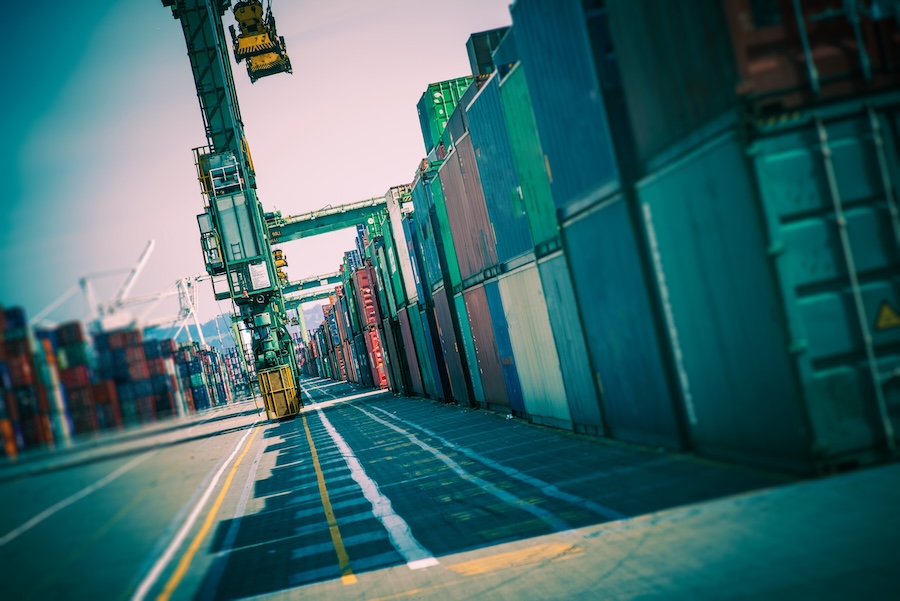New Zealand’s port industry is celebrating a major milestone with the introduction of the Approved Code of Practice (ACOP) for loading and unloading cargo at ports and on ships, which takes effect today.
The ACOP, approved by the Minister for Workplace Relations and Safety, Hon Brooke van Velden, and Associate Minister for Transport, Hon Matt Doocey, establishes consistent safety standards across all commercial ports.
The Port Health and Safety Leadership Group, which includes port operators, unions, and Maritime NZ, describes the ACOP as a game-changer for addressing inconsistencies in health and safety practices across the sector. It replaces all previous industry codes related to stevedoring and is part of a broader effort to reduce harm on New Zealand’s ports.
“The ACOP provides assurance and clarity under the Health and Safety at Work Act,” says Kirstie Hewlett, Director of Maritime NZ and Chair of the Leadership Group.
“If a business can show that what they have done meets or exceeds the ACOP requirements, they are likely to meet the legal test of what is reasonably practicable under HSWA.”
The ACOP will guide Maritime NZ during inspections and investigations, while courts may reference it in legal proceedings. The swift development of the code – achieved in just 15 months – reflects the sector’s strong commitment and collaboration.
“Development of the ACOP has been strongly supported by the port sector,” says Pat Kirk, Chair of the Port Industry Association.
“There is collective buy-in, and many businesses are already implementing it. This will significantly improve health and safety on ports.”
The code specifically focuses on loading and unloading ships, the highest-risk activities at ports.
“That’s when most incidents and injuries happen,” says Aubrey Wilkinson, National President of the Rail and Maritime Transport Union.
The Leadership Group emphasized that the ACOP is just one component of a broader safety initiative. Other priorities include managing worker fatigue, improving training, enhancing incident reporting, and sharing best practices.
The ACOP stems from the Port Sector Insights Picture and Action Plan, developed in 2022. The plan identifies six key interventions to address port safety challenges, including fatigue risk management and extending Maritime NZ’s oversight to cover the entire port.
“We owe it to those working on ports every day, the people who have died, their families, and those who have been injured, to improve safety on ports,” the Leadership Group said.
Work is already underway on additional guidance, training tools, and case studies to support the ACOP’s implementation.




